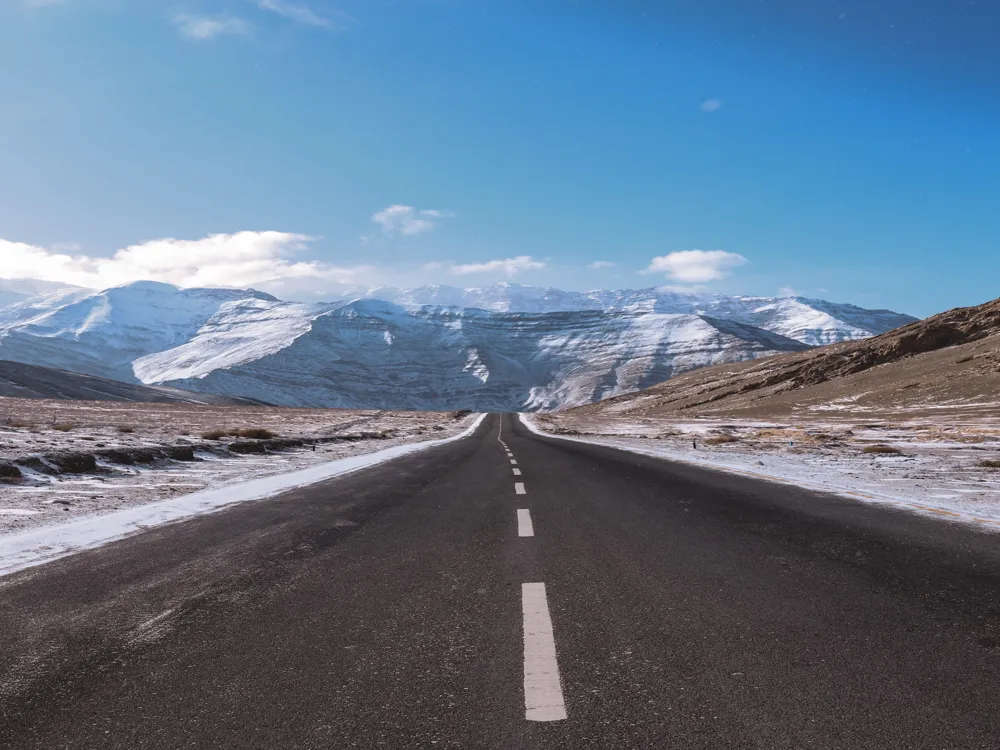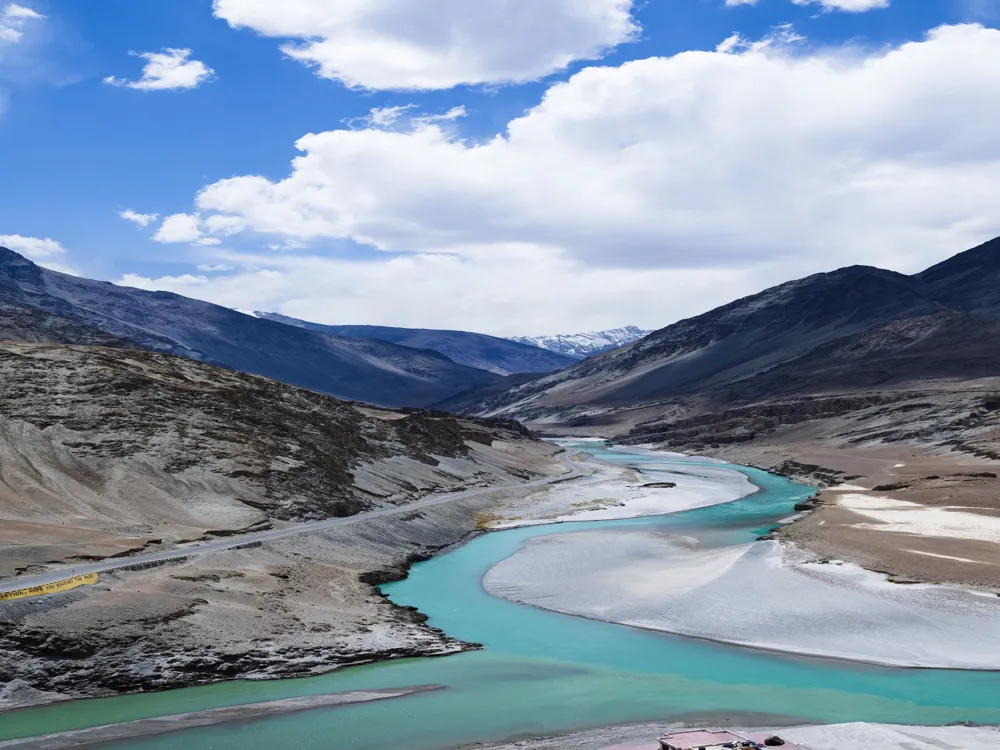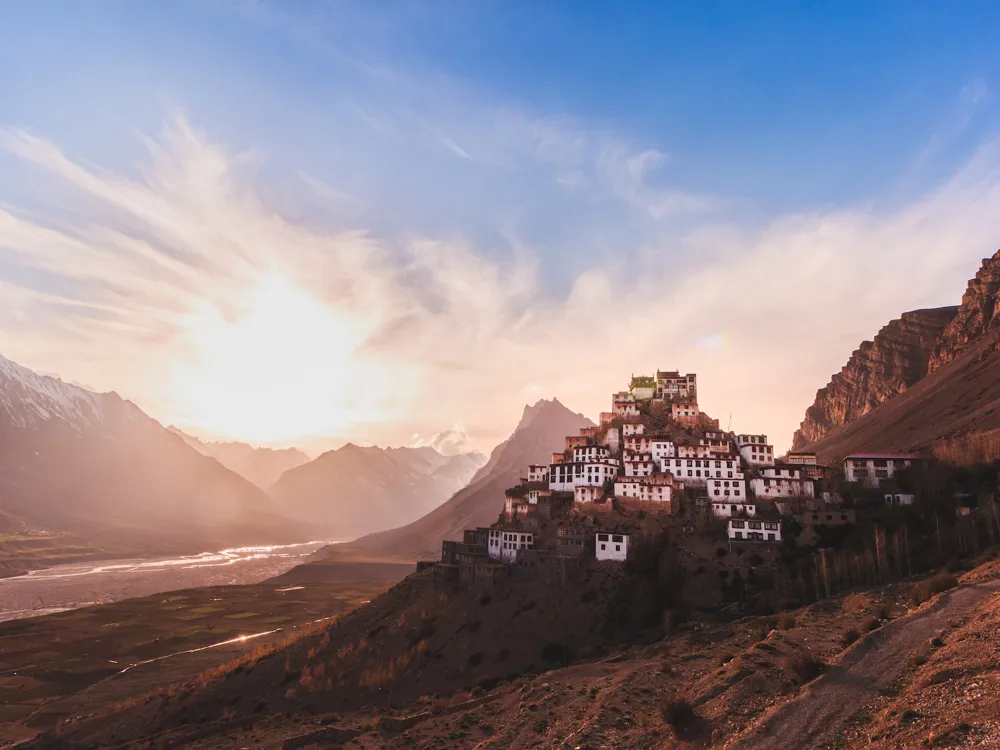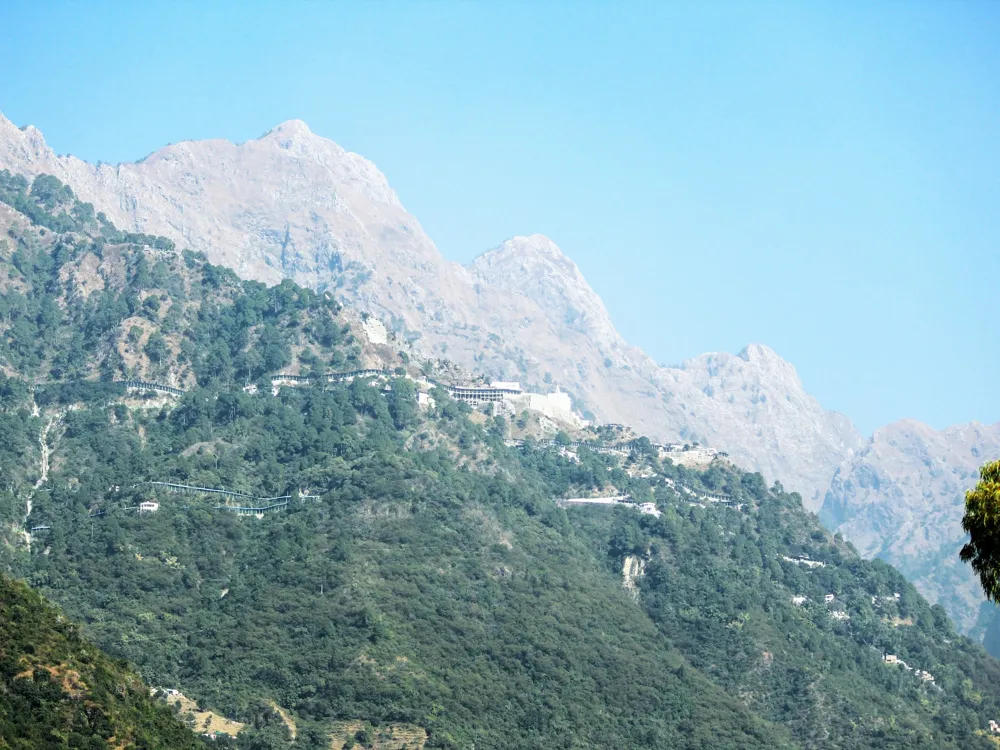Plan Your Travel To Ladakh
Places To Visit In Ladakh
Taglang La
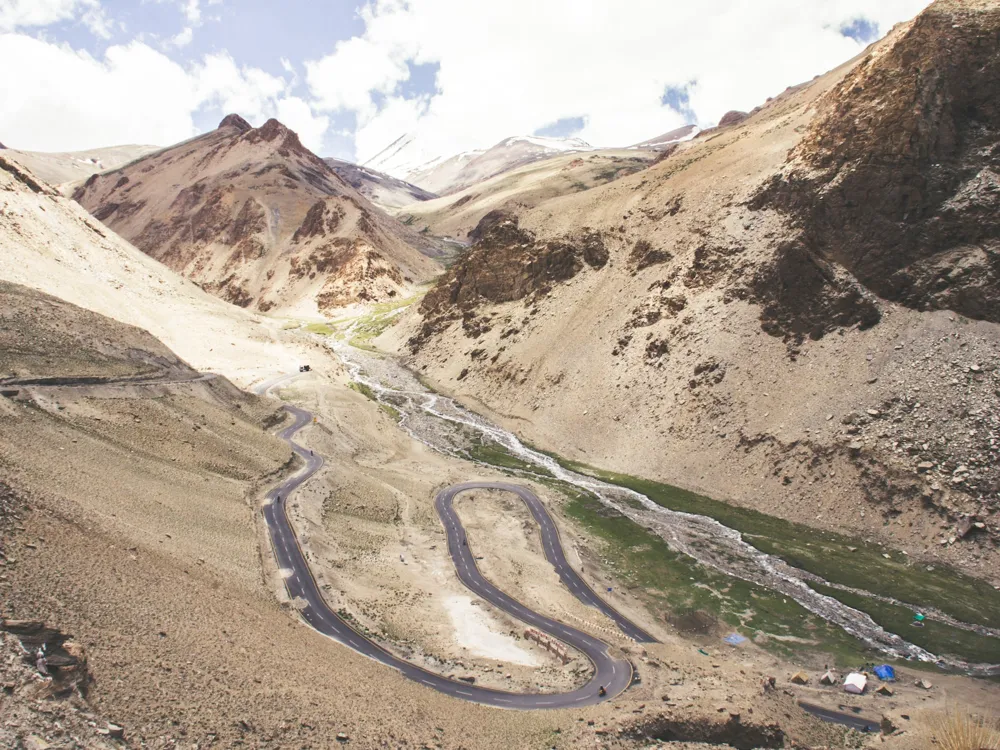
The Tanglang La is a high mountain road located on the Leh-Manali highway just a few kilometers from Leh. It is at a height of 5,358 metres, is the second-highest mountain pass after Khardung-La Pass, and is also the 12th highest motorable pass. This popular spot in Ladakh is known for being the second highest mountain located in Zanskar range. The pass summit is breathtaking and is adorned by a number of prayer flags.
The Tanglang-La has in the past served as a trade route and a religious centre. Known for its amazing and dramatic landscape, the Taglang La pass provides a blissful experience in the Himalayan trails with greenery.
The pass provides for an extremely thrilling adventure, but it can be nerve-wracking for first-time riders, because of its unpredictable turns and the extreme cold, which can often dip to -35 degree Celsius. At these temperatures, the supply of oxygen can get dangerously low, and riders and tourists also often fall sick while driving to this pass.
Read More
Thang Village
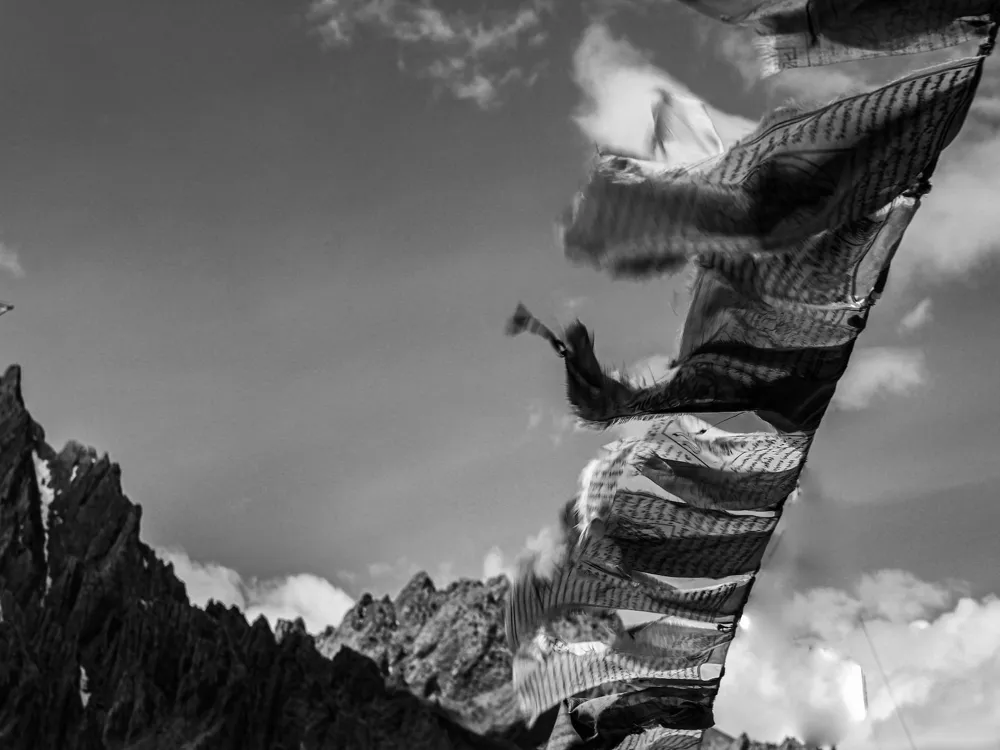
Thang Village, which is also known as Dhothang or Thanga Chathang, is a tiny village located in the Chorbat region of Leh. It is often referred to as the northernmost village of India. Thang lies on the Line of Control that divides India and Pakistan and offers spectacular views of the majestic mountains.
Situated along the Shyok River, Thang Village was up until recently not open to tourists. Given its proximity to the LOC, visitors must procure permission from the army before visiting and submit certain documents; permits are required in order to cross Turtuk, Khardung La and Nubra Valley. There are guides who take visitors around the area and show them the fence, army bunkers of both the sides, Indian and Pakistani flags, etc. One might also be able to interact with the military personnel and visit a bunker. Moreover, the village is also quite famous for trees bearing apples, walnuts and apricots. Unlike in many military-controlled areas, photography is allowed here.
Read More
Thiksey Monastery
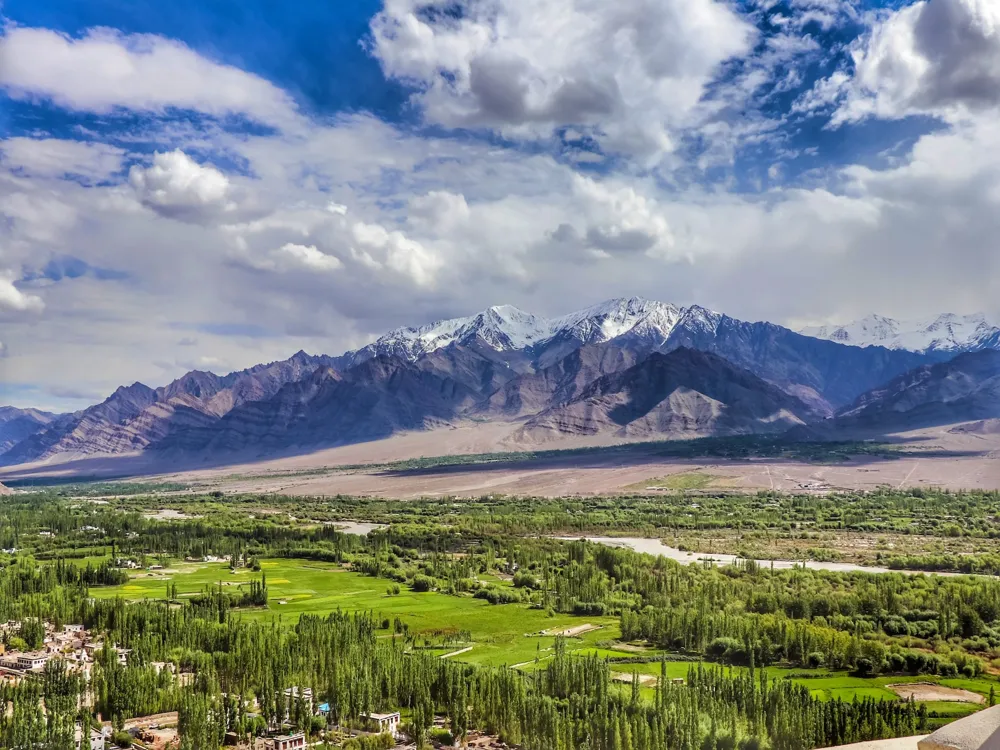
Thiksey Monastery is a tibetan-style monastery located 20km south of Leh, on Leh Manali highway. The twelve-storey monastery is located on top of a hill, giving magnificent views of the town and the Indus valley below. The main highlight of Thiksey is the Maitreya Temple which houses a 15-metre high Maitreya Buddha statue. It covers two-stories of the building and is the largest such statue in Ladakh.
Thiksey consists of numerous white buildings that are arranged in hierarchical order, which stand out against the rocky golden brown hills. It resembles the Potala Palace in Lhasa, Tibet. Thiksey consists of 10 temples and is currently home to over a 100 monks. The monastery houses Buddhist stupas, thangkas, swords, wall paintings and statues. Other main attractions at Thiksey are Tara Temple, Lamokhang Temple, Assemnly Hall, Nunnery, Library and the rooftop. The monastery also serves as a residential monastery for monks.
Read More
Turtuk
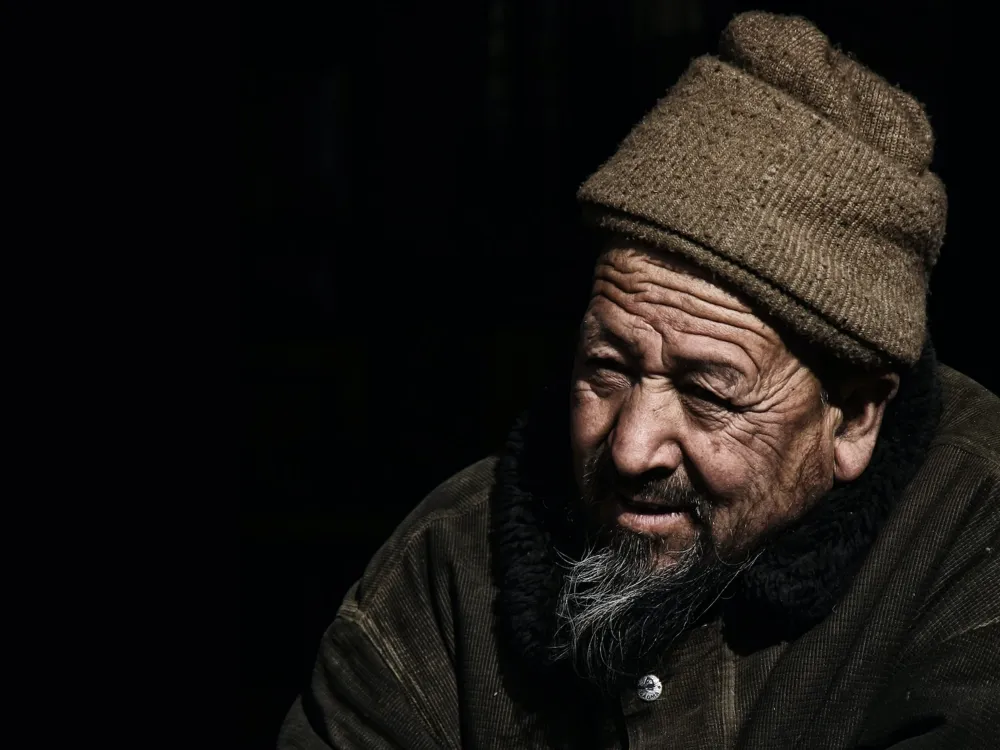
Turtuk is a small village located in Nubra Valley region of Ladakh, on the banks of Shyok River. It is the northernmost villages in India lying very close to the India Pakistan border, in the Baltistan region. Turtuk is an unexplored and offbeat place, opened to tourists only in 2010. There isn't much to do in Turtuk apart from trekking and visiting the 2 monasteries and the Royal House. The picturesque village with its tiny houses and fields is surreal. It remains cut off from Ladakh for 6 months during winter.
The upper area of this village is what the actual Turtuk was decades ago, and later on, it expanded to the lower region. Notably, the Turtuk Village covers three areas, namely - Chutang, Yul, and Farol. Chutang is the area right next to Shyok River. It is the village center today, where the local school and health center are situated, and all the educational and cultural activities are organized. Yul is the lush green area where most of the farming takes place, and it is the oldest part of Turtuk. Lastly, Farol is the area encompassing most of the guest houses in Turtuk, and you will have to cross a wooden bridge to reach here. Farol features buckwheat fields, and visitors can also view the K2 peak from here, the second-highest peak in the world after Mount Everest. There is a museum nestled in the upper part of this village and has a charming two-storied structure featuring four small rooms with old-style low-heightened roofs & small windows. The owner of this heritage house cum museum offers its guided tour with great passion providing insights into Turtuk's past. The charm of Turtuk is its people and culture. It is one of the few places in India to experience the Balti culture as Turtuk is one of the four Baltistani villages under India's control. The rest are controlled by Pakistan. The postcard village houses a few homestays and guesthouses with locals welcoming tourists with warmth.
Read More
Ladakh Travel Packages
View All Travel Packages Ladakh
Nearby Places Ladakh
Browse Package Collections
Browse Hotel Collections
FAQs on Ladakh






